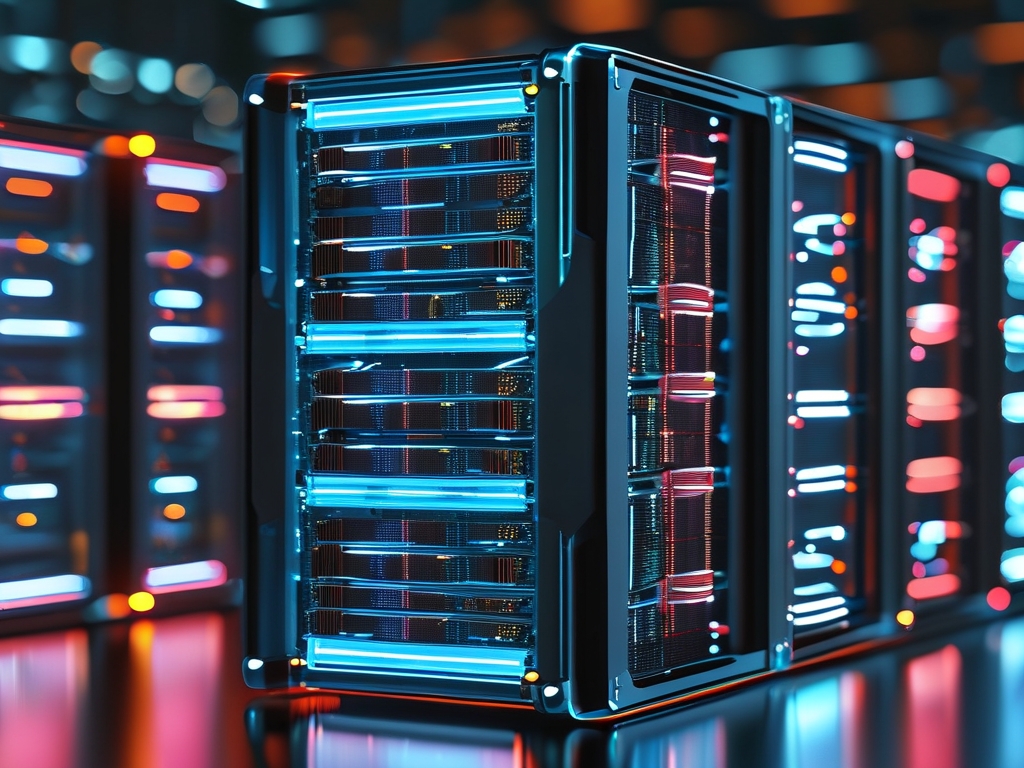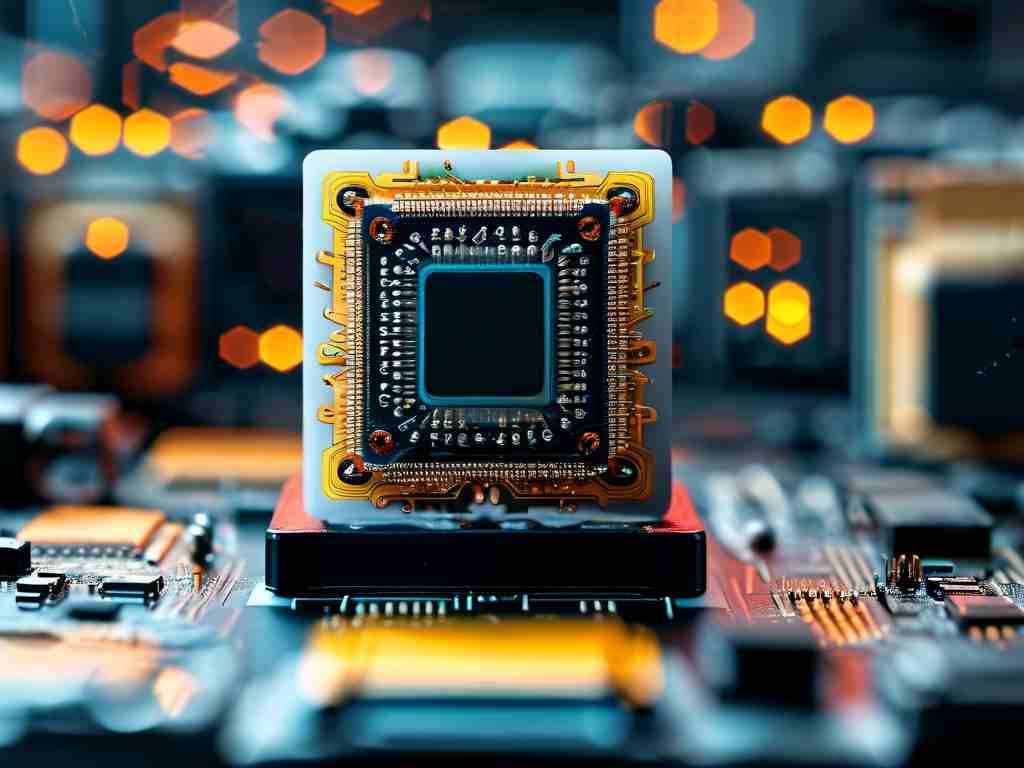In the rapidly evolving landscape of modern computing, hyper-converged infrastructure (HCI) has emerged as a transformative paradigm, integrating compute, storage, and networking into a unified system. A critical aspect of HCI performance lies in how memory allocation is managed, particularly within hyper-converged CPU architectures. This article explores the mechanisms and challenges of calculating memory usage in such environments, shedding light on the interplay between hardware, software, and virtualization technologies.
1. The Role of Memory in Hyper-Converged Systems
Hyper-converged systems rely on tightly coupled resources to deliver scalable and efficient operations. Unlike traditional architectures, where compute and storage are siloed, HCI combines these elements into a single software-defined layer. Here, the CPU does not operate in isolation; it dynamically interacts with memory pools to serve virtual machines (VMs), containers, and distributed applications.
Memory allocation in HCI is inherently complex due to:
- Resource Sharing: Multiple workloads compete for memory, requiring fair and efficient distribution.
- Virtualization Overhead: Hypervisors (e.g., VMware vSphere, Hyper-V) add layers of abstraction, complicating memory tracking.
- Data Locality: Optimizing memory access latency in distributed nodes is crucial for performance.
2. How Hyper-Converged CPUs Calculate Memory Usage
Calculating memory consumption in HCI involves both hardware-level metrics and software-driven algorithms. Below are key components of this process:
a. Hardware-Level Monitoring
Modern CPUs embed memory controllers and performance counters that track:

- Physical Memory Utilization: Real-time data on RAM usage per node.
- Cache Hierarchies: L1/L2/L3 cache hits and misses, influencing memory access patterns.
- NUMA (Non-Uniform Memory Access) Considerations: In multi-socket systems, memory proximity to CPU cores affects latency and allocation strategies.
b. Hypervisor and Software Layers
Hyper-converged platforms use hypervisors to abstract physical resources. Memory allocation here involves:
- Ballooning: Hypervisors reclaim unused VM memory temporarily for other tasks.
- Memory Overcommitment: Allocating more virtual memory than physically available, relying on demand-based swapping.
- Page Sharing: Deduplicating identical memory pages across VMs to reduce redundancy.
c. Distributed Memory Management
In HCI clusters, memory is pooled across nodes. Algorithms like distributed hash tables (DHTs) or consensus protocols (e.g., Raft) ensure coherence. For example:
- A workload on Node A may access memory from Node B, requiring latency-aware allocation.
- Predictive analytics forecast memory demands to pre-allocate resources during peak loads.
3. Challenges in Memory Calculation
Despite advancements, hyper-converged architectures face persistent challenges:
a. Resource Contention
Co-located workloads (e.g., databases + AI training) create unpredictable memory demands. Without robust prioritization, critical tasks may starve for resources.
b. Accuracy of Metrics
Hypervisors often report "active" vs. "allocated" memory, but these metrics can mislead. For instance, a VM might reserve 8GB RAM but use only 2GB, creating inefficiencies.
c. Dynamic Scaling
Auto-scaling applications (e.g., Kubernetes pods) require real-time memory adjustments. Delayed reallocation can degrade performance or trigger costly node expansions.

d. Security and Isolation
Ensuring memory isolation between tenants in multi-tenant HCI environments is vital. Vulnerabilities like side-channel attacks (e.g., Spectre) exacerbate risks.
4. Solutions and Best Practices
To address these challenges, organizations adopt the following strategies:
- AI-Driven Predictive Allocation: Machine learning models analyze historical usage to optimize future allocations.
- Tiered Memory Architectures: Combining DRAM with persistent memory (e.g., Intel Optane) to balance cost and speed.
- Granular Monitoring Tools: Platforms like Prometheus or VMware vRealize provide insights into per-VM and per-container memory usage.
- Policy-Based Automation: Setting rules to prioritize mission-critical workloads during resource contention.
5. Future Trends
The evolution of HCI memory management will likely focus on:
- Quantum-Inspired Algorithms: Leveraging quantum computing principles to solve complex allocation problems.
- Hardware-Software Co-Design: CPUs with built-in neural engines for real-time memory optimization.
- Edge Computing Integration: Managing memory across decentralized edge nodes with minimal latency.
Calculating memory usage in hyper-converged CPU architectures is a multifaceted endeavor, blending hardware capabilities, software intelligence, and adaptive policies. As HCI adoption grows, advancements in AI, distributed systems, and hybrid memory technologies will redefine how memory is allocated, monitored, and optimized. Understanding these mechanisms is essential for IT professionals aiming to harness the full potential of hyper-converged infrastructure.









